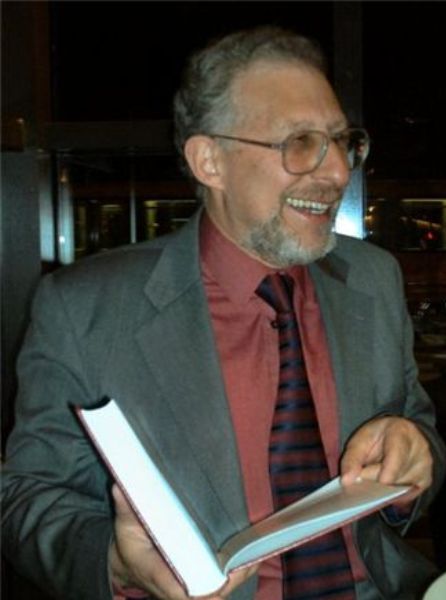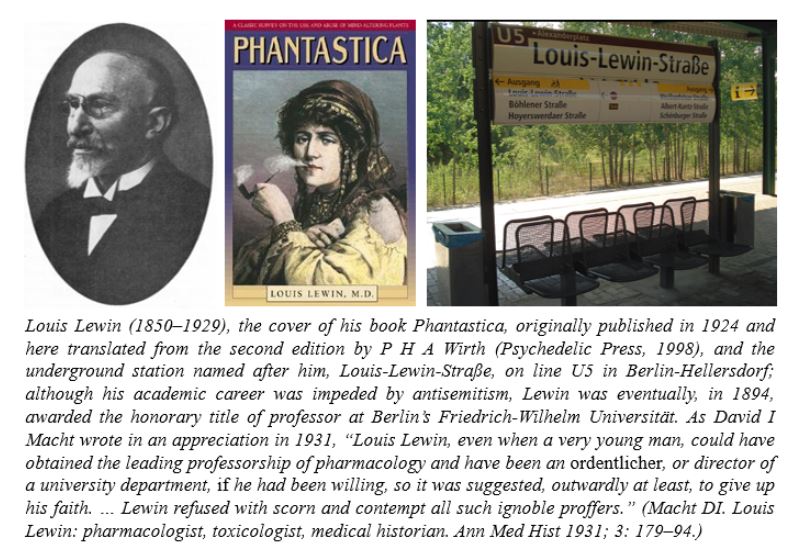 Several IndoEuropean roots mean to shine: ARG (as in argent), AUS (East and Aurora), BHEL (blue, blind, blond/e), BHERƎG (bright), DHEU (divine and Jove), GHEL (gleam, gold, yellow), KAND (candle, candor, incendiary), KWEIT (bismuth, edelweiss, white), and BHĀ, not to be confused with BHĀ meaning to speak, which I have discussed before.
Several IndoEuropean roots mean to shine: ARG (as in argent), AUS (East and Aurora), BHEL (blue, blind, blond/e), BHERƎG (bright), DHEU (divine and Jove), GHEL (gleam, gold, yellow), KAND (candle, candor, incendiary), KWEIT (bismuth, edelweiss, white), and BHĀ, not to be confused with BHĀ meaning to speak, which I have discussed before.
Consonantal shift from BHĀ gave the Greek word ϕαίνειν, to show or cause to appear, which gives us words such as phantasmagoria, phantom, phase, and phenomenon. Adding prefixes gives angelophany, bethphany (the miracle in the house at Cana; Hebrew beth = a house), Christophany, epiphany, hierophany, phagiphany (the feeding of the 5000), pneumatophany (appearance of the Holy Spirit), and satanophany. Tiffany is a corruption of theophany, which means epiphany; it is also a kind of thin transparent silk used in apparel, as Pliny the Elder wrote, to show women naked rather than cover and hide them. Cellophane is also see-through, diaphanous; a gastrodiaphane was an instrument that was introduced into the stomach, outlining its contours by a light, making it visible through a sufficiently thin abdominal wall. Sycophant, literally one who shows a fig, probably reflected an obscene meaning of the word “fig” (Greek σῦκον).
Other Greek derivatives of BHĀ include ϕῶς, light, giving words such as photic, photograph, photostat, and photon, and ϕαντασία, giving fantasia, fantastic, and fancy, a contraction of fantasy. The Fantasticks, a 1960 musical with music by Harvey Schmidt and lyrics by the American librettist Tom Jones, was based on Les Romanesques, a book by Edmond Rostand, better known for his play Cyrano de Bergerac. It won a Tony in 1991 and ran off-Broadway for 42 years (1960–2002), plus a revival (2006–2017). Its best known songs are the nostalgic melodies Try to Remember and Soon It’s Gonna Rain. Don’t confuse The Fantasticks with the Phantastics, a Kansas City nonet.
Phantastica is the name of a book by Louis Lewin (pronounced Leveen), once called the father of toxicology. He spent a lifetime studying morphine and cocaine, mescaline from Anhalonium Lewinii (the peyote plant, named after him by the German botanist Paul Hennings), Chavica betel, the harmala alkaloids, and Piper methysticum (kava kava). His most important works were a toxicology textbook and a compendium of information about adverse drug reactions. I reviewed Phantastica in The BMJ in 2007. Here’s what I wrote:
“[Lewin] describes a wide range of recreational drugs, beginning with pharmacological tolerance. His examples range from adaptation by freshwater amoebae to increasing concentrations of salt in their environment to the adaptability of Everest mountaineers to the adverse effects of altitude. He regales us with the information that hedgehogs can endure large quantities of cantharides, and that opium does not intoxicate ducks, hens, and doves.
“Lewin then deals in detail with the major psychoactive drugs, including morphine, heroin, cocaine, cannabis, peyotl, fly agaric, henbane, datura, alcohol, chloral, kava kava, betel, coffee, tea, cocoa, and tobacco, classifying them as euphorics, phantastics, inebriants, hypnotics, and excitants. His descriptions have not, in my view, anywhere been bettered. As the first investigator of Piper methysticum, he details the nature of the plant, how kava is prepared and drunk, its effects, and its active ingredients. He then paints the plight of the kavaist, ‘incessantly tormented with the craving for his favourite beverage . . . degenerate through prolonged abuse . . . eyes red, inflamed, bloodshot, dull, bleary, and diminished in their functions . . . extremely emaciated …’ Not what Western purveyors of kava tell us. Of all the vignettes, that on alcohol is the best, illuminated by a profound historical perspective. Here we learn how alcoholic beverages have been prepared through the ages, around the world, by fermentation and distillation techniques used by Anglo-Saxons and Aymaras, Kalmuks and Quechuas, Tatars and Tungus. And a sober essay on temperance and abstinence gives counterbalance to the intoxicating language and lore of inebriation. One could get drunk on Lewin’s literary prose, with its historical allusions, without needing recourse to the substances themselves.”
But, as I also wrote, don’t rely on my hallucinations: read this classic yourself.

Jeffrey Aronson is a clinical pharmacologist, working in the Centre for Evidence Based Medicine in Oxford’s Nuffield Department of Primary Care Health Sciences. He is also president emeritus of the British Pharmacological Society.
Competing interests: None declared.
|
This week’s interesting integer: 257 257, each of whose digits is prime, and is itself prime, features in several facts about prime integers. • 257 is one of only three known prime integers that have the general form nn + 1: 11 + 1 = 2 22 + 1 = 5 44 + 1 = 257 • 257 is the fourth Fermat prime, named after Pierre de Fermat (1601–65), who first studied them and who is better known for his last theorem. Fermat numbers, which do not have to be primes, have the following form: If 2k + 1 is a prime and k > 0, k must be a power of 2; i.e. k = 2n. So, letting n = 0, 1, 2, 3, 32, or 64, we get the first five Fermat primes: 3, 5, 17, 257, 4,294,967,297, and 18,446,744,073,709,551,617. In fact, only these five Fermat primes are known, and there may be no more. • 257 is a Pythagorean prime, in other words one of the form 4n + 1. Not all numbers that have this form are prime. However, when they are, they are also the sums of two squares; in this case, 257 = 162 + 12. That this is so is a theorem that was propounded by Fermat. And by Pythagoras’s theorem, such numbers are also the squares of the hypotenuses of right-angled triangles with integer legs; in this case √257 (= 16.03) is the hypotenuse of the right-angled triangle whose legs are 1 and 16 units in length. • 257 is also a quartan prime, i.e. of the form x4 + y4, in this case 44 + 14; it is the fourth such, after 2, 17, and 97. • 257 is the sixth balanced prime (after 5, 53, 157, 173, and 211), one that is the average of the previous and the following prime, in this case 251 and 263. • 257 is a sexy prime, one of a pair that differ by 6, in two ways: 251/257 and 257/263. • 257 is the fourth prime that is palindromic in binary (100000001), after 3, 5, and 17. |
